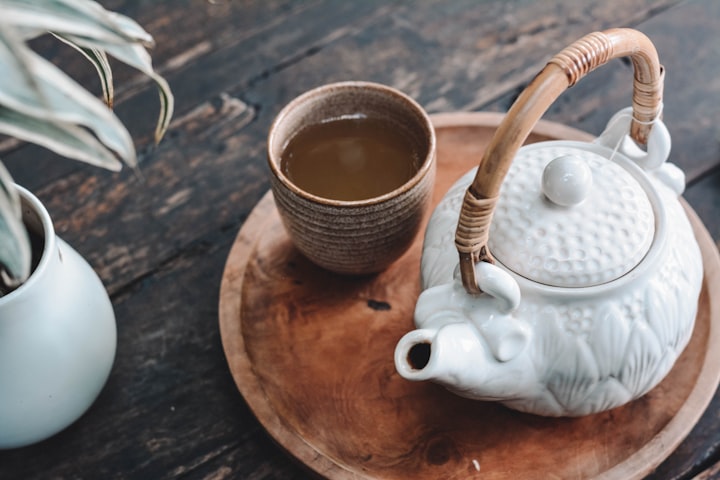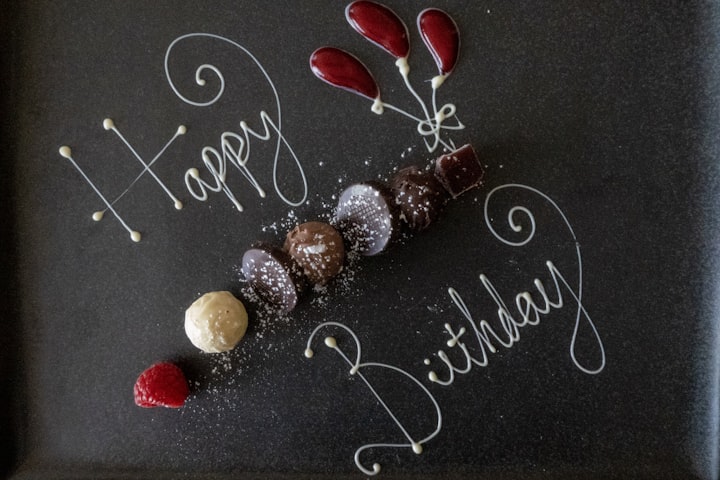8 Dishes That Are Not Indian Yet You Believed They Were
The 8 Dishes That Are Not Indian

India has a very diverse and rich culinary tradition, with some dishes enjoying universal familiarity and others shrouded in general obscurity.
Highlights
- Indians love to boast about their unique yet varied cuisine.
- However, some of these dishes have no Indian origin.
- Here are some foods we mistakenly think are indigenous but aren't.
Indians love to boast about their unique yet varied cuisine. Why shouldn't they be? After all, India has a very diverse and rich culinary tradition, with some dishes enjoying universal familiarity and others shrouded in general obscurity. As for tourists, Indian cuisine is the top attraction along with Bollywood and tourist destinations.
Surprisingly, several meals that have become part and parcel of our daily lives in India have no Indian origin. It's hard to guess these dishes. Read on to know more about some foods we mistakenly think are indigenous but aren't!
Here 8 Dishes That Are Not Indian Yet You Believed They Were:
1. Samosa

In Indian homes, samosa is the ubiquitous teatime snack and a breakfast item. This well-known dish has Persian roots (modern-day Iran). The Persian word 'sambusak' is the source of the Hindi term 'samosa.' Although the samosa's original filling was minced meat, it is now frequently stuffed with potatoes, cheese, peas, ginger, garlic, tomatoes, onions, and chilli in modern-day India.
2. Jalebi
Also known as jilapi in Bengal and jelepi in Assam, this sugary snack is one of India's favourite breakfasts and desserts. The Middle East is where jalebi first appeared in history. The Arabian cookbook "Kitab al Tabikh" mentions a similar dish called zalabieh in the Middle East. Pair your jalebi with yoghurt or rabri to enhance its taste.
3. Biryani

Data from Swiggy and Zomato shows that Biryani is the most-ordered meal among Indian households. Wait, what? Biryani isn't Indian. Although its exact origins are unknown, it is said that the Mughals introduced biryani to the natives. The Mughal monarchs' kitchens were where the modern version of biryani gradually emerged. It was a lip-smacking yet easy-to-cook meal for the Mughal army as well!
4. Vindaloo
Vindaloo, also called Vindalhu, is a popular curry dish from Goa. This Goan delicacy has its origins in a Portuguese dish close to it called 'carne de vinha d'alhos'. For the unversed, this delicacy consists of marinated pork in garlic or vinegar.
5. Chicken Tikka Masala

Non-resident Indians, especially the ones living in the UK, have gone ga-ga over chicken tikka masala. Again! Chicken tikka masala is not Indian! Shocking, right?! It is said to have been invented by a Bangladeshi chef in Glasgow, Scotland, in the latter half of the 20th century. The narrative says that to please his customer, he added some tomato sauce to his boneless chicken.
6. Rajma

Rajma Chawal is a north-Indian obsession, especially in Punjabi households. But did you realise that rajma was not invented in India? It has its origins in Mexico. It is believed to have been carried by the Portuguese, the early explorers, from North America to Europe, from where it found its way to India through the colonisers. So, the next time your friend claims that these Mexicans have taken kidney beans from India to make tacos, remind them the reverse is true.
7. Gulab Jamun

Even if you are hyperglycemic, you cannot afford to miss Gulab jamun. This brown-coloured, juicy ball is believed to have been an Indian dish but evidence suggests that it originally hails from Persia/Mediterranean and travelled to India with Turkish rulers. The word 'Gulab Jamun' itself has been derived from the Persian words 'gol' and 'ab' which translate to 'scented rose water.' The authentic Gulab Jamun was soaked in honey rather than sugar syrup.
8. Tea
India is the second-largest producer of tea in the world. Whether Our mornings don't start without a savoury cup of bed tea. But did you know that chai originated in China? Archaeologists have discovered the oldest tea remains in the tomb of a Chinese emperor from the Han dynasty. It was a popular drink among Chinese royalty during the reign of the Tang Dynasty. Chai found its way to the rest of the world through the historical silk route. In India, the British started its cultivation in the northeast.
If we missed including a delicacy that is popular in India but is not indigenous to that country, do let us know in the comment section below.





Comments
There are no comments for this story
Be the first to respond and start the conversation.